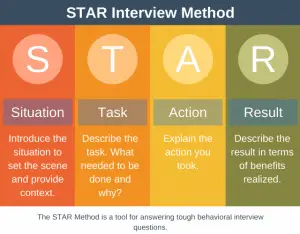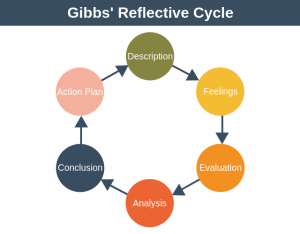Have you ever said yes to something you did not want to do? Maybe you did so because you wanted people to see you as a highly motivated team player. Perhaps you simply didn’t want to let other people down. Maybe you find it hard to say no. Perhaps you said yes to avoid feeling guilty.
If this sounds like you, then you are not alone. Many people fail to set and maintain appropriate boundaries, leading to problems, including low self-esteem and feeling overwhelmed.
Background
This article will provide you with a simple process for how to set boundaries in the workplace. It this based on my 20+ years of experience leading teams, along with information gleaned from these books:
- Boundaries: When to Say Yes, How to Say No to Take Control of Your Life, by Henry Cloud and Joh Townsend.
- Set Boundaries, Find Peace: A Beginners Guide to Reclaiming Yourself, by Nedra Glover Tawwab.
There is a poem by Robert Frost called Mending Wall. There is a line in the poem that says:
Good fences make good neighbors
Let’s think about what this quote means. Imagine both you and your neighbor have large gardens that border each other, but you don’t have anything showing the boundary between your two gardens.

This could lead to all sorts of problems. You might feel taken advantage of if you saw your neighbor digging a flower bed in what you think is your garden.
Likewise, they might be offended if you suddenly appeared from your house shouting at them for digging in your garden when they assumed it was theirs.
It’s not difficult to see how your neighborly relationship could break down quickly in such a scenario.
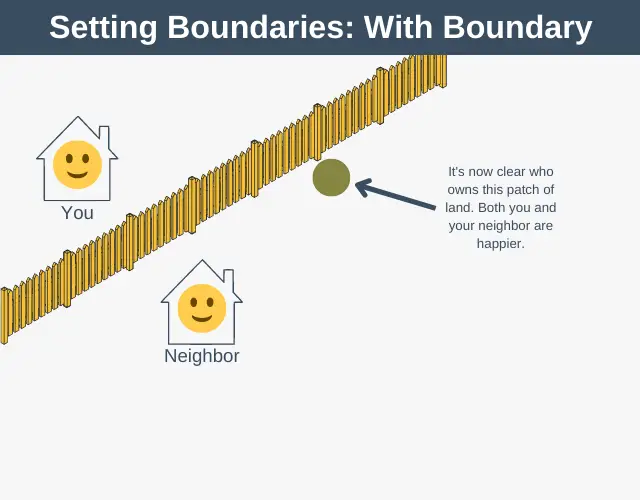
However, with the simple addition of a boundary fence, you can avoid these issues altogether. The fence shows you where you can and cannot go and does the same for your neighbor. Because you’re no longer unsure about who owns what, it is much easier to have good relations with your neighbor.
Personal boundaries are the rules and limits we set around what we will or will not tolerate from those around us. However, unlike a fence, others cannot see your boundaries, so we have to take steps to make our boundaries visible to others.
Benefits of Setting Boundaries
Setting boundaries in the workplace is a form of personal leadership and comes with many benefits, including:
- Increasing your self-esteem and helping you to feel more authentic.
- Boosting your confidence.
- Creating strong relationships based on mutual trust and respect with your boss and coworkers.
- Avoiding burnout.
- Creating an improved sense of your identity.
Combined, these factors can lead to a happier and more successful career.
Setting Boundaries Process
Let’s look at a simple 4-step process you can use to set boundaries and obtain these benefits.
Although this article is written from the perspective of setting boundaries at work, you can just as easily use these steps to set personal boundaries.
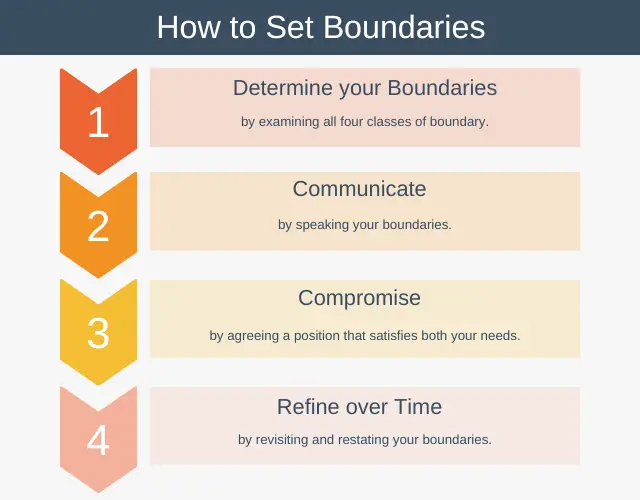
Step 1: Determine your Boundaries
Most people rarely give any thought to their boundaries. And because they haven’t clearly defined and articulated them, other people will cross their ill-defined boundaries, and they’ll get hurt.
In this step, you brainstorm your boundaries and develop strategies to enforce these boundaries.
In completing this step, you may find you have lots of boundaries, or you may find you have just one. It doesn’t matter how many you find; the point is your boundaries should be important to you and personal to you.
Try to write your boundaries so that you’re not just saying no, but also offering an alternative. For example, instead of saying, “I don’t work weekends,” you could say, “I can’t come into the office this weekend, but I’d be happy to arrive early on Monday.”
By offering an alternative in this way, you’ll find it easier to articulate your boundaries and invite compromise.
Examples of Boundaries
Below, you will find many examples of boundaries to help you develop your own. The examples span four broad types of boundaries.
1. Physical Boundaries
Physical boundaries reference your need for personal space, along with your need for rest, food, and water. Examples include:
- “I’m exhausted now. I’m going to go home in 30 minutes so that I can recharge for tomorrow.”
- “I’m not a hugger; I’m more of a handshake person.”
- “I need something to eat. I’ll be back in 30 minutes.”
2. Time Boundaries
Your time is valuable, so it is essential to define how you’re prepared to use it. Examples include:
- “I can’t come into the office this weekend, but I’d be happy to arrive early on Monday.”
- “I have to leave at 4 pm today, but I can look at this tomorrow for you.”
- “I’d love to help with that, but I don’t have time today.”
3. Priority and Workload Boundaries
To perform at your best, you need to ensure you’re not overloaded with work and stop saying yes to more work than you can handle. Examples:
- “Yes, I can do this job for you. Unfortunately, my plate is pretty full right now. What would you like me to drop?”
- “Yes, I’d love to take on this task. Unfortunately, I’m fully stacked, so I can’t do it by the deadline you need. I’m happy to do it if you can wait a month for me to complete it.”
- “I don’t mind doing this task for you, but since it’s my first time doing such a task, I’m going to need some help to complete it.”
4. Emotional boundaries:
Your emotional boundaries protect your feelings and thoughts. Examples:
- “I may disagree with you about a particular topic, but it doesn’t mean I’m bad at my job.”
- “I believe it’s healthy to keep some separation between my work and personal life, so I don’t socialize with work colleagues.”
- “I understand that delivering difficult news will, in all likelihood, upset someone, and I will try to deliver that news in as kind a way as I can, but it is not my responsibility to make them feel better.”
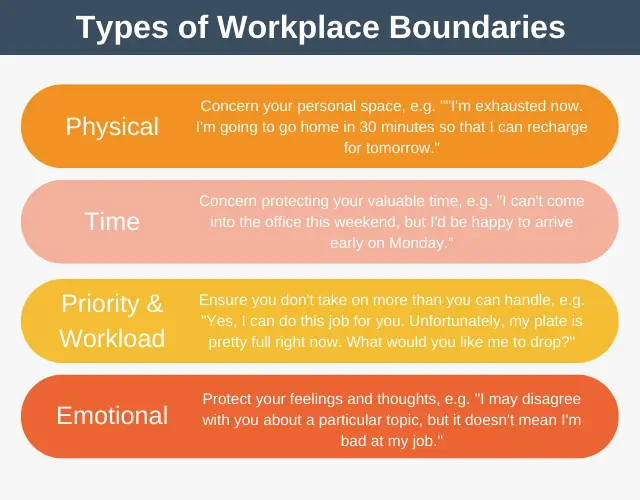
Step 2: Communicate
Once you’ve defined your boundaries, you need to express them so that other people understand them and know where your red lines are. If you don’t tell people your boundaries, then people won’t know.
This isn’t always going to be easy, and sometimes it will be uncomfortable to share a boundary. But you have to do it, even if you’re worried the other person might take offense or get angry.
This is really important because most of the time, we avoid doing this because we’re too worried about what others might think. We’re too concerned about creating an awkward or uncomfortable situation.
But if you’re not expressing your boundaries, you’re not being honest, you’re not being truthful, and you’re not being authentic. If you don’t speak your boundaries, other people will cross them, and ultimately, it will be you who loses out.
Step 3: Compromise
The third step is to compromise. You’ve explained your needs, and they have presented theirs. Now it is time to reach a compromise. At the end of this compromise, you should end up in a place where both of you are happy.
If not, then at a minimum, you can reach a place where you respect each other’s decision. And if this is the outcome, then at least you have kept hold of your authenticity and well-being.
In truth, most of the time, you will reach a compromise because most people are understanding and respectful when you clearly communicate your boundaries.
Step 4: Refine over Time
You should occasionally refine your boundaries as you identify new ones and realize old ones are no longer serving you.
It’s also important to remember to be flexible. Sometimes you may wish to make an exception to one of your boundaries. For example, suppose one of your boundaries is never to work weekends, but when your boss asks, because you can see the business-critical reason they asked, you agree.
You might say something like:
- “As you know, I don’t work weekends as that is my time to prioritize my family. However, this weekend, I will make a one-off exception since it’s so important.”
In this way, although you are crossing your boundary, you are restating it, so it is clear to your boss that you won’t be crossing this boundary again.
Pro Tip
If you are having difficulty with a coworker trying to cross your boundaries, consider setting up a meeting with them and going through COIN Feedback Model to get things back on the right track.
Summary
Work will expand to fill any time you have available for it, and if you’re not looking after yourself, no one will do it for you. Learning how to set boundaries allows you to prioritize your well-being, avoid burnout, and be more productive in the long run.

